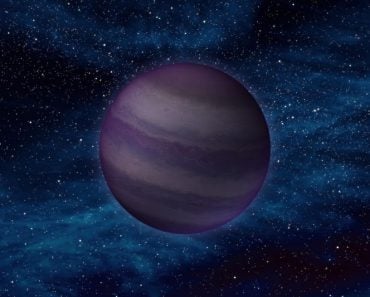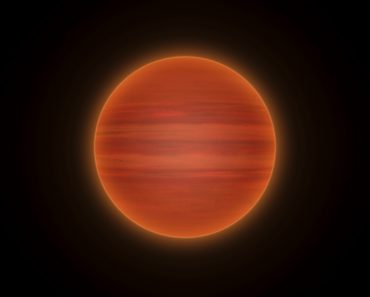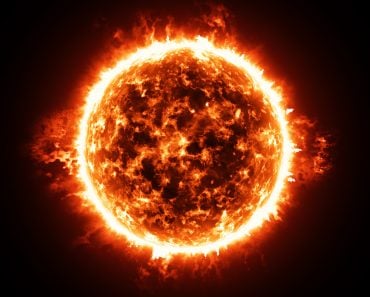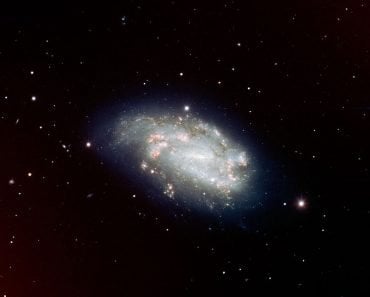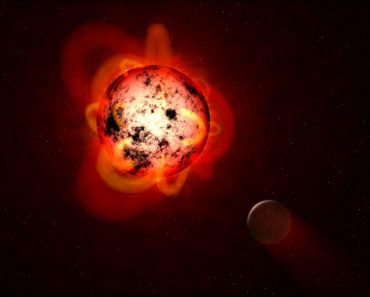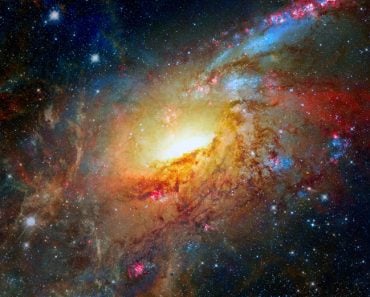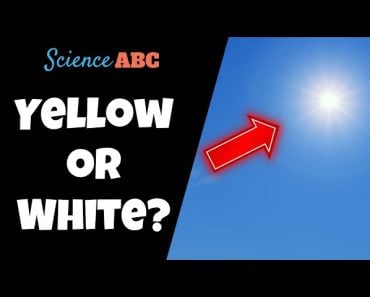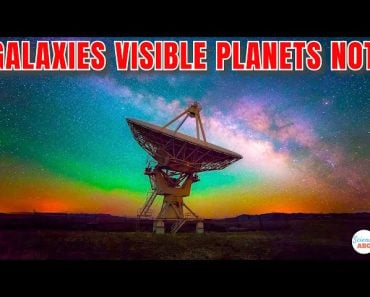Table of Contents (click to expand)
Red dwarfs are stars with very low mass and very low luminosity, as compared to the Sun. They make up 70% of all stars and their lifespans range from one to ten trillion years.
Our universe comprises trillions of star, but there seems to be an uneven distribution among them, as the star variety that defines most of them, as compared to all the other stars combined, is the Red Dwarf. Red dwarfs make up roughly 70% of the stars in our universe.
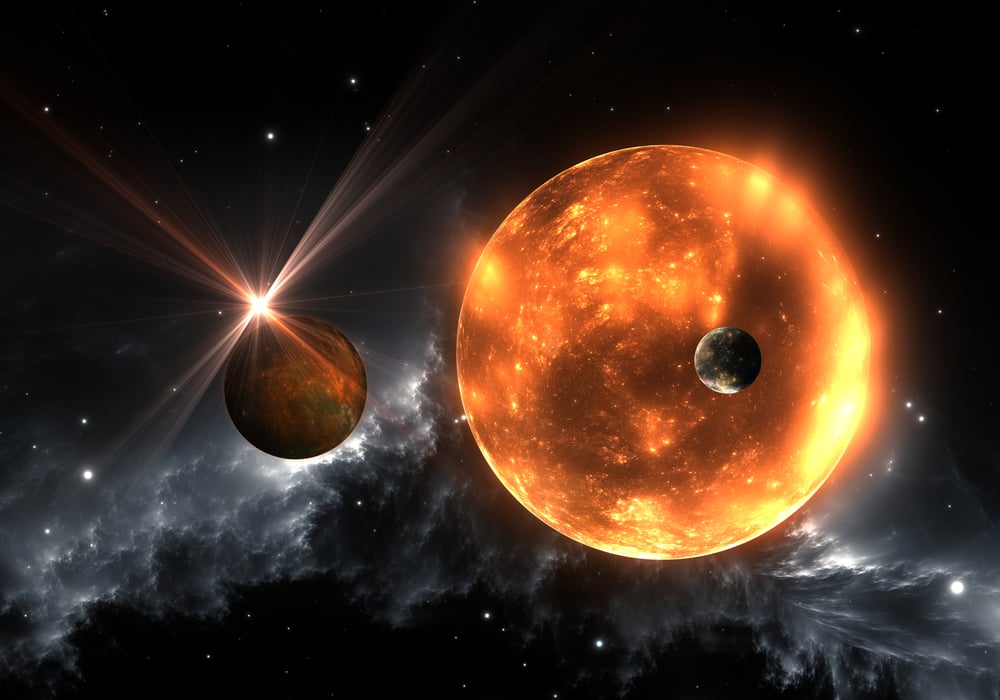
Even though they’re found in such abundance, these stars are very sneaky and are not visible to the naked human eye. This is due to the fact that they have low luminosity and are significantly cooler. As compared to the sun, the brightest red dwarf is still 10 times less bright, while the dimmest red dwarf would be 1000 times less bright than the Sun.
However, don’t underestimate these faint red dwarfs as they have incredible life spans. They will be around for much longer than our Sun. The estimated life span of a red dwarf is one trillion years! These could be the last objects that die as our universe comes to an end.
Recommended Video for you:
What Makes A Star A Red Dwarf?
To differentiate among various types of stars, Ejnar Hertzsprung and Henry Norris Russell developed a system to plot a graph based on the brightness of the star versus its color index. These color-brightness graph plots are known as Hertzsprung–Russell diagrams.
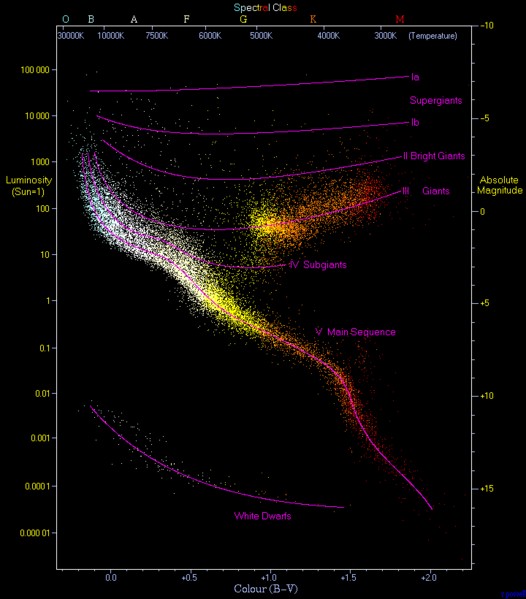
The band of stars running diagonally on the Hertzsprung–Russell diagram is called the main sequence. The majority of the stars in the main sequence are dwarf stars. Red dwarfs belong to the main sequence in the Hertzsprung–Russell diagram.
There is also another scale by which stars are differentiated. This differentiation, however, is done based on the hotness of the stars. The scale is divided into O, B, A, F, G, K, and M, where O is the hottest star and M is the coolest. This is called the Morgan-Keenan (MK) system, and denotes the spectral type of the star. The individual letters are further subdivided from 0 to 9, for instance, where o would be subdivided as, O1, O2, O3…O8, O9. These also denote the hotness of the star, where 0 is the hottest star and 9 is the coolest.
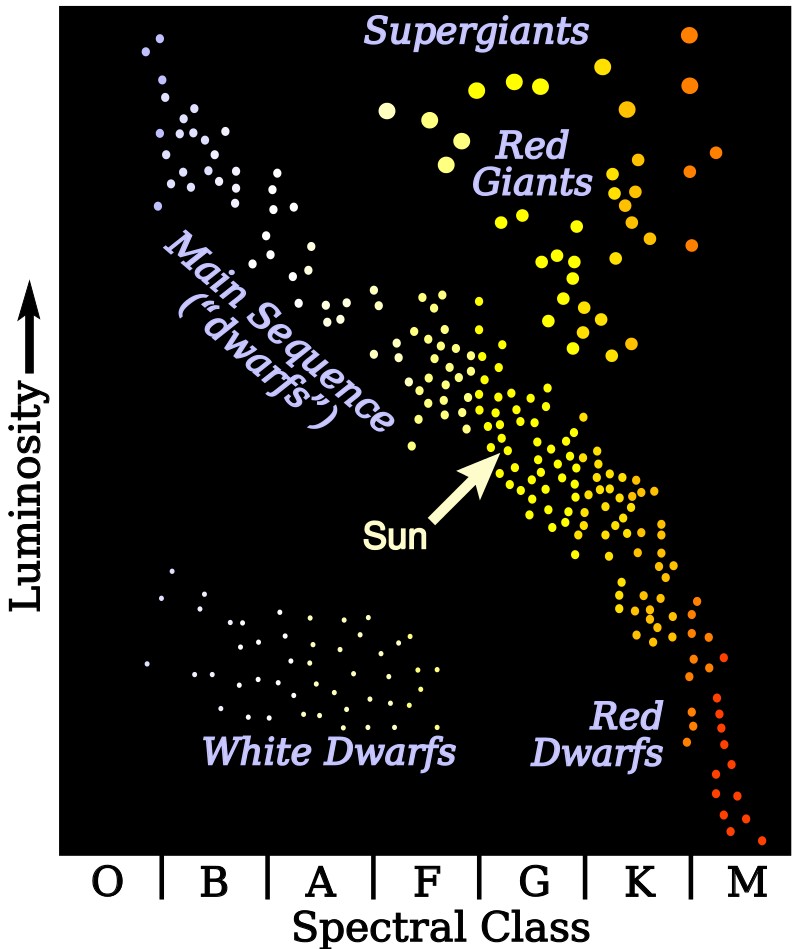
The definition of a red dwarf is not strict and varies widely. Earlier, in 1915, the term was simply used to differentiate between the red dwarf stars from the much hotter blue dwarf stars. When going by the spectral type of the star, researchers pick different levels among them. For example, the sequence from K8 to M5 is considered red dwarfs, or it could just be anything after K5. In some cases, dwarf M stars (dM) are used, in which some stars of the K type are also included.
Today, this variation in the definition is also seen. Explicit definitions of red dwarfs include stars from late K to mid-M type. Although in most cases, no stars from the K type are included and some include the entire K series. The closest red dwarf star to the Sun is Proxima Centauri at 4.2 light-years away.
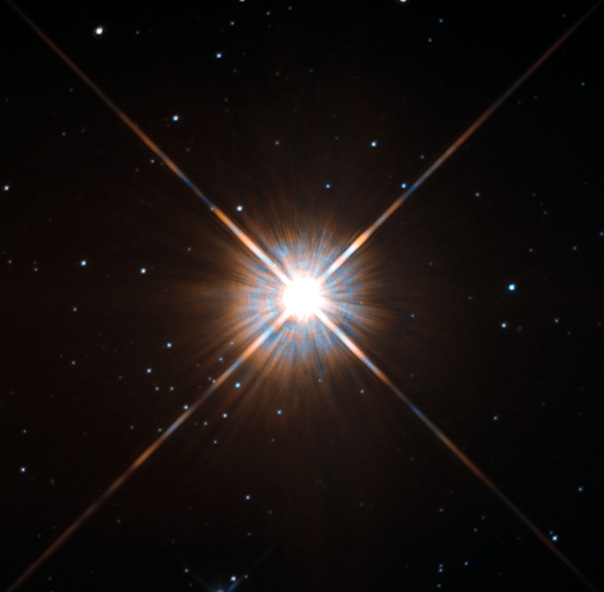
Description And Characteristics Of Red Dwarfs
The energy generated in a red dwarf is a result of the nuclear fusion of hydrogen into helium. This fusion occurs in the proton-proton chain mechanism. These stars are very low in mass, which makes them have low pressure and a low rate of fusion, along with a low temperature. This makes them emit light, which can get as faint as 1/10,000th of the light emitted by the sun. This makes for very low luminosity, which can be 1,000 times less than the Sun.
Red dwarfs are completely convective (most of the molecules move) due to their low mass. This results in no accumulation of helium in the core, which enables them to burn off large amounts of hydrogen, as compared to the Sun, before falling out of the main sequence.
This enables red dwarfs to have far longer life spans than the present age of the universe (13.7 billion years). The estimated life span of these stars far exceeds that of the Sun (10 billion years). The age of a red dwarf star is proportional to its mass, so the lower the mass of the star, the longer its lifespan. By some estimates, the lifespan of a red dwarf with solar mass 0.1 M☉ could be 10 trillion years, truly mind-boggling, when we consider the relatively young age of the universe. Also, this is why no red dwarf stars exists in their advanced stages of evolution.
Planets Orbiting Red Dwarfs And Their Habitability
Exoplanets do orbit red dwarfs, but the sizes of these planets tend to not be any larger than Jupiter. Doppler surveys show that only about 1 in 40 red dwarfs are orbited by an exoplanet as large as Jupiter. However, microlensing surveys show that 1 in 3 red dwarfs have a Neptune mass planet orbiting it. Observation made with HARPS (high accuracy radial velocity planet searcher) shows that about 40% of red dwarfs have a “super-Earth” class planet orbiting it in the habitable zone, where there is a possibility of liquid water existing on the planet’s surface.
This sounds like great news, but there’s a catch. There are many factors that prove difficult for planets that orbit red dwarfs. The planets in the habitable zone of a red dwarf would need to be very close to it due to the star’s luminosity, which would make the planet tidally lock to the gravity of the red dwarf. This lock would result in the planet not rotating in its center, meaning that the same side would always revolve around the red dwarf, much like our moon as it orbits the Earth. There would be contrasting conditions on both sides of this planet, where the side facing the star would completely heat up, while the other would be very cold.
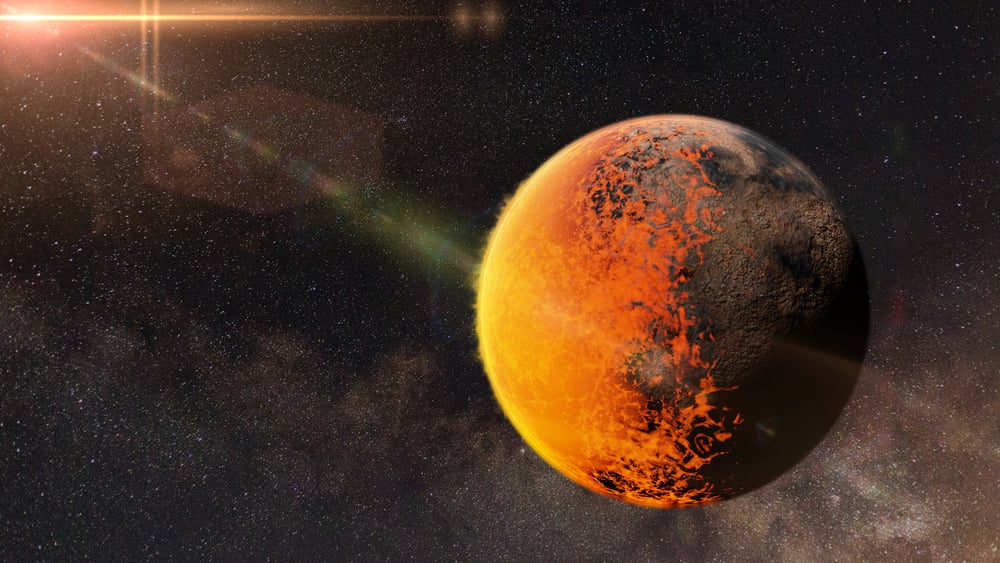
Red dwarfs also have a tendency of having massive flares and instant increases in brightness in mere minutes. This would prove catastrophic for the atmosphere of any nearby exoplanet, making the survival chances of life on these planets grim.
References (click to expand)
- Science, Maths & Technology - OpenLearn.
- A common mass unit in stellar astronomy is the "solar mass", equal to the mass of our Sun. - homepages.bluffton.edu
- Habitability of planets around Red Dwarf Stars.
- Searching for Red Dwarf Stars | Arts & Sciences.
- http://www.astronomy.villanova.edu/lward/index-old.htm

